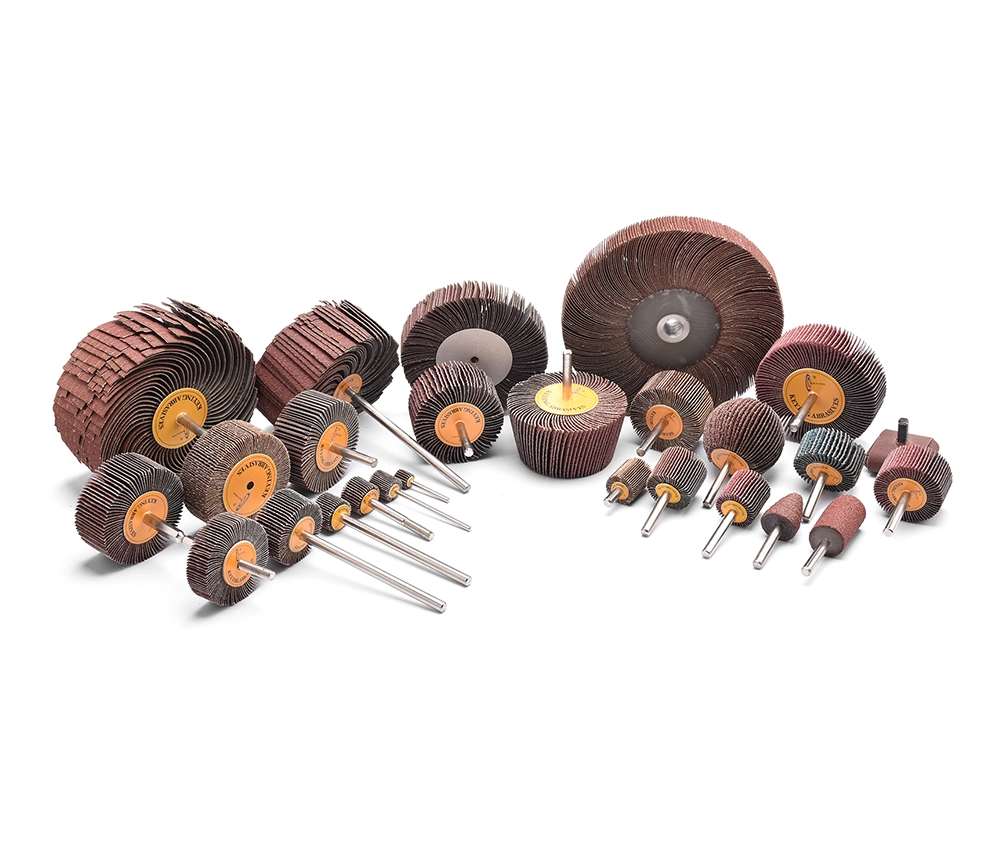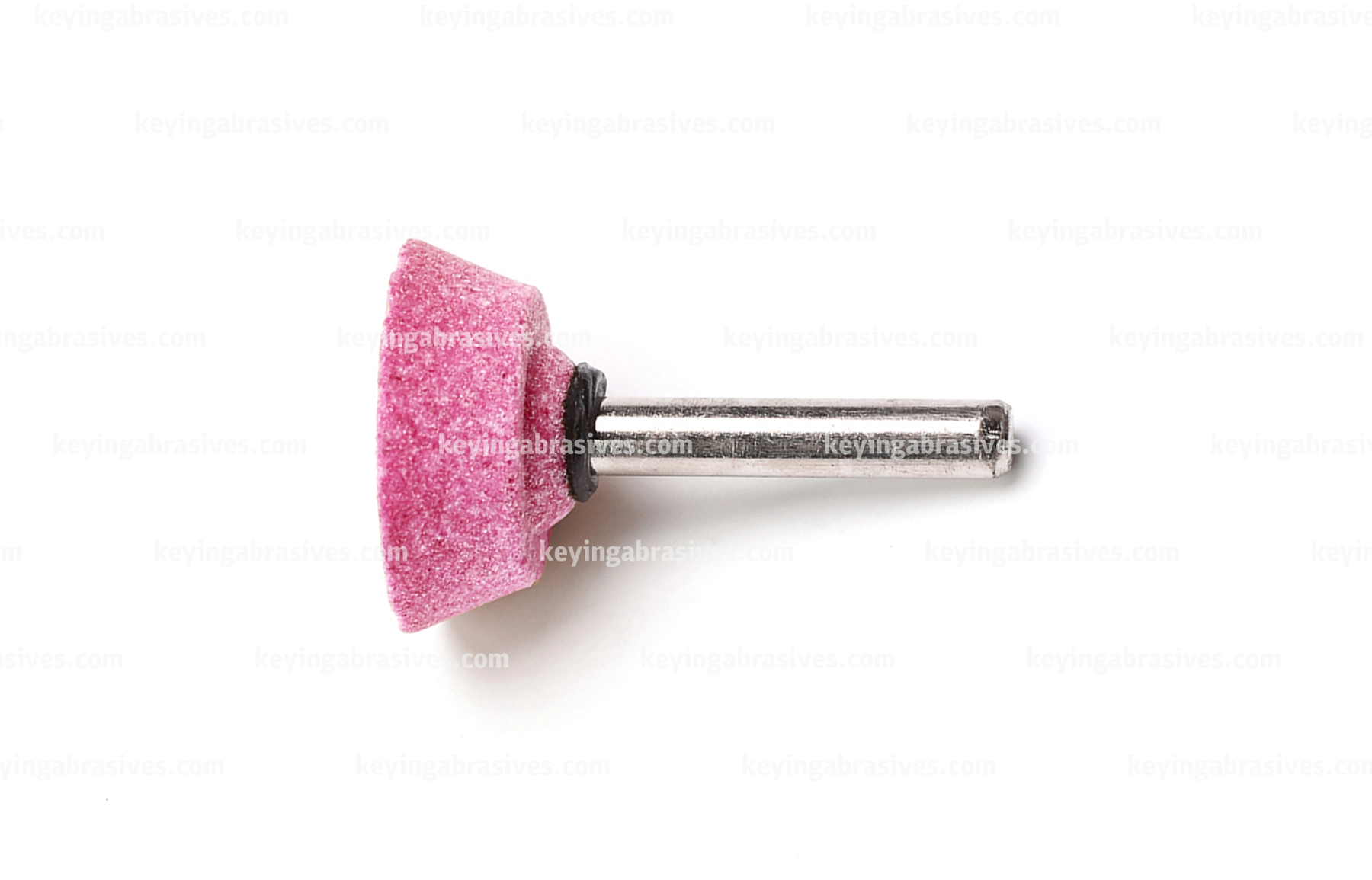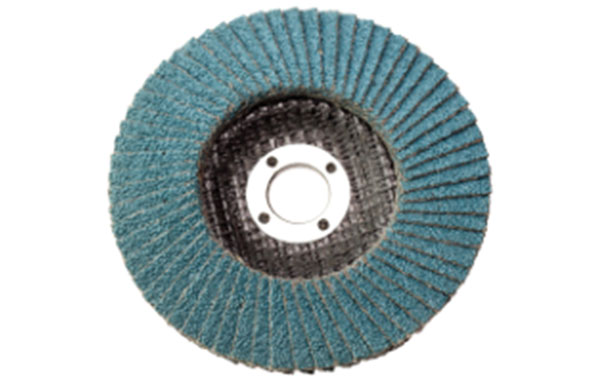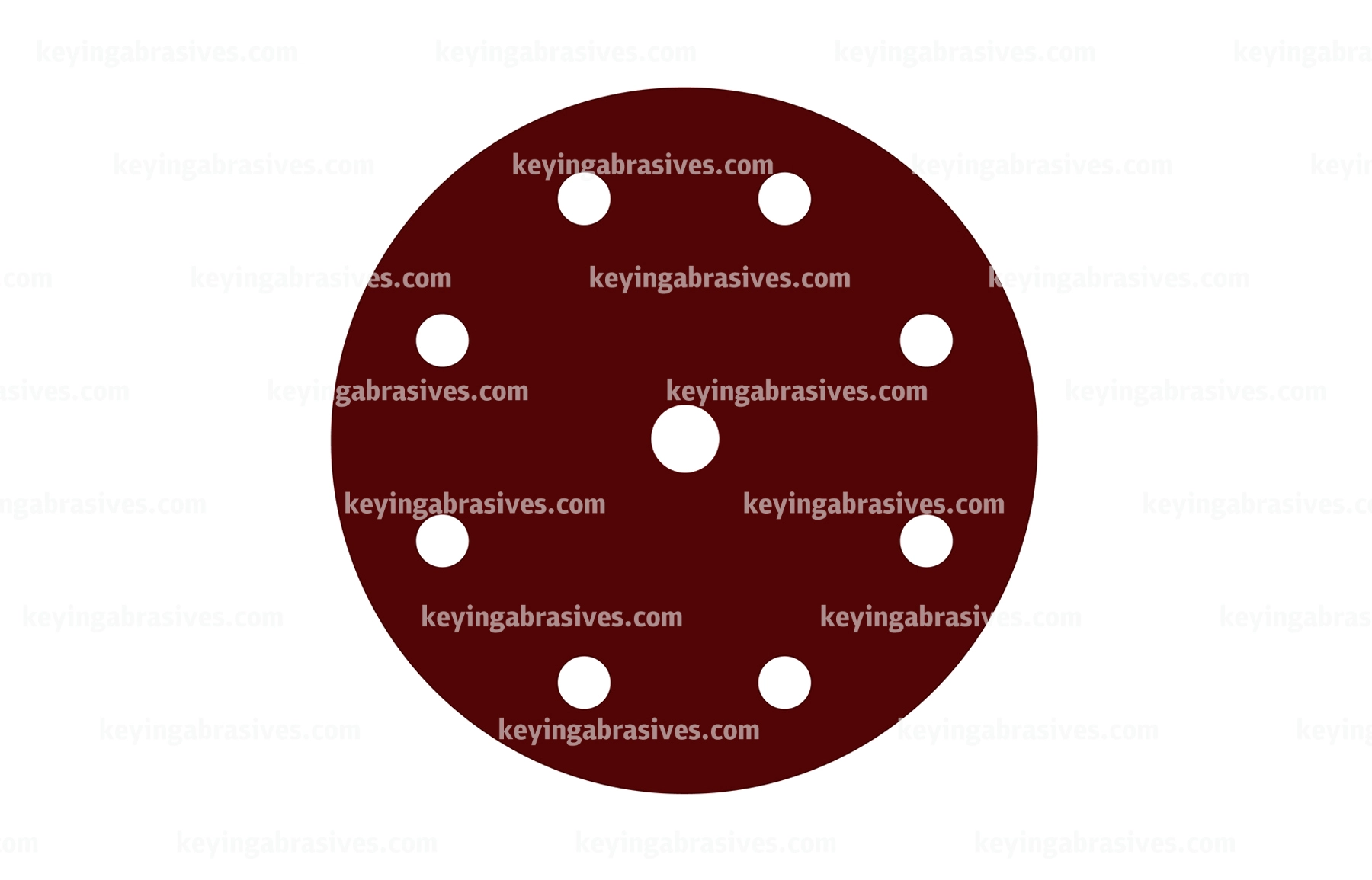
Dec 20-2017
Sandpaper is a material used for grinding. It is used to grind the surface of metal, wood, and other materials to make them smooth and polished. There are various types of sandpaper depending on the abrasive material used, such as emery paper, artificial emery paper, and glass paper. Dry sandpaper (also known as wood sandpaper) is used to polish the surface of wood and bamboo products. Wet sandpaper (also known as water sandpaper) is used to grind the surface of metal or non-metal workpieces in water or oil. The base paper is made from unbleached sulfate wood pulp, which is strong, durable, water-resistant, and can be bonded with grinding materials like glass sand using adhesive agents like gum on the base paper, which is then dried to form the sandpaper.
Dry sandpaper is made by bonding silicon carbide abrasive with synthetic resin as a binder on latex and coated with an anti-static layer, resulting in a high-quality product with features such as anti-clogging, anti-static, good flexibility, and high wear resistance. It comes in various grit sizes and is suitable for grinding metal surfaces, wood surfaces, putty, and coatings. Dry sandpaper disc is generally made using special kraft paper and latex paper, using natural and synthetic resins as binders, and made using advanced electrostatic sand planting technology. This product has high grinding power and is less prone to clogging, making it suitable for dry grinding.
Dry sandpaper, also known as dry sanding paper, has larger gaps between the abrasive grains, resulting in larger debris when grinding. During the application process, the large gaps allow the debris to fall off on its own, so there is no need to use it with water. The abrasive grains used are usually high-quality silicon carbide, and the base paper is typically latex paper, which provides better flexibility and heat dissipation during use, making it less prone to clogging. Dry sandpaper is widely used in industries and professions such as woodworking, stone processing, precision mold polishing, and synthetic material processing, and is widely used in industries such as furniture and decoration.
Wet sandpaper, also known as water sandpaper or water-resistant sandpaper, can be used for grinding with water. The abrasive grains of water sandpaper are usually made of silicon carbide, while the base paper is typically made of kraft paper. Higher-end water sandpapers, such as imported 3M water sandpaper, often use latex paper as the base paper. Latex paper provides better flexibility and stronger adhesion of the abrasive grains, making the sandpaper more durable, with more uniform particles, and a superior polishing effect.
The gaps between the abrasive grains of water sandpaper are relatively smaller compared to dry sandpaper, resulting in smaller debris when grinding. When used with water, the debris flows away with the water, maintaining the sharpness of the sandpaper. If water sandpaper is used for dry grinding, the debris will adhere to the gaps between the abrasive grains, causing the sandpaper surface to lose its sharpness and grinding power, thereby failing to achieve its intended effect. Water sandpaper is widely used in industries such as stone polishing, metalworking, mold processing, wall putty grinding, car surface polishing, rust removal, and paint removal.
What are the essential differences between wet sandpaper and dry sandpaper? Is it really as the names suggest? And why is water not used for dry sandpaper, but required for water sandpaper? Water sandpaper has smaller gaps between the abrasive grains and produces smaller debris when grinding. When used with water, the debris flows away with the water, so it is best used with water. If water sandpaper is used for dry grinding, the debris will remain in the gaps between the abrasive grains, making the surface of the sandpaper smooth and unable to achieve its intended effect. On the other hand, dry abrasive paper disc is very convenient. It has larger gaps between the abrasive grains and produces larger debris when grinding, which will naturally fall off during the grinding process, so it does not need to be used with water. Dry sandpaper can be further divided into red sandpaper and white sandpaper, with the difference being that the former does not have an anti-clogging coating. Water sandpaper grinds slower but provides a smoother finish, while dry sandpaper grinds faster but produces a coarser finish.
Water sandpaper is generally used for sanding in moist conditions, resulting in less dust and better working conditions. Although dry sandpaper has features such as anti-clogging, anti-static, good flexibility, and high wear resistance, it generates more dust pollution, so proper protective equipment should be worn during operation.


